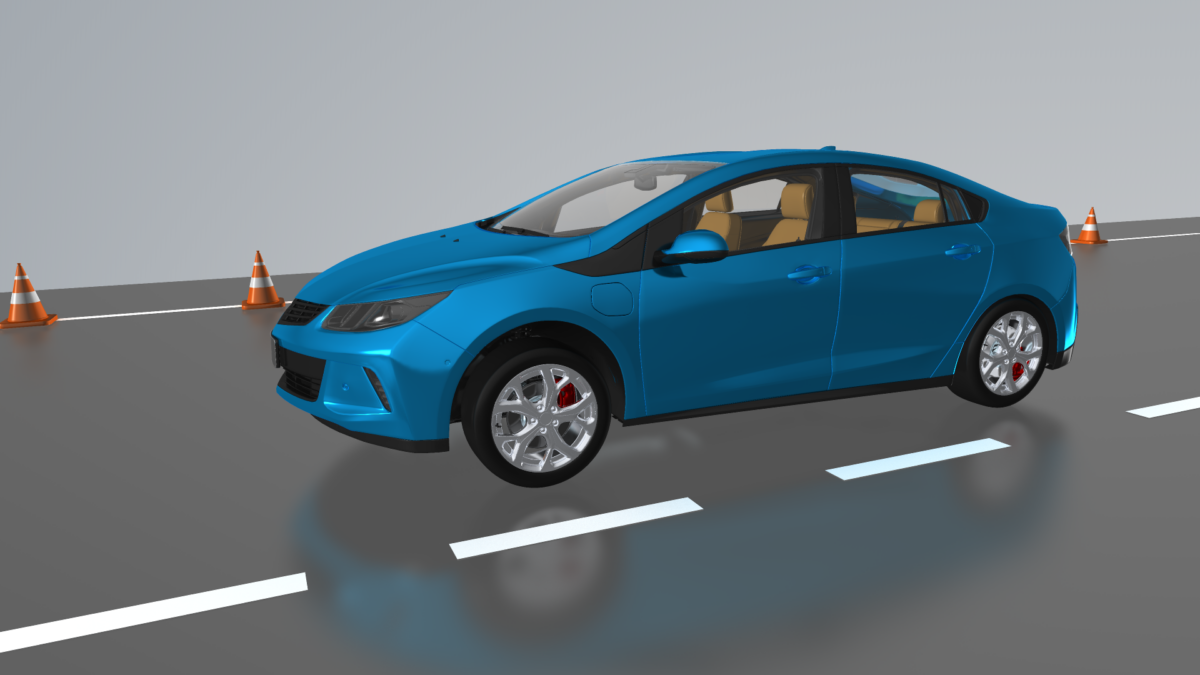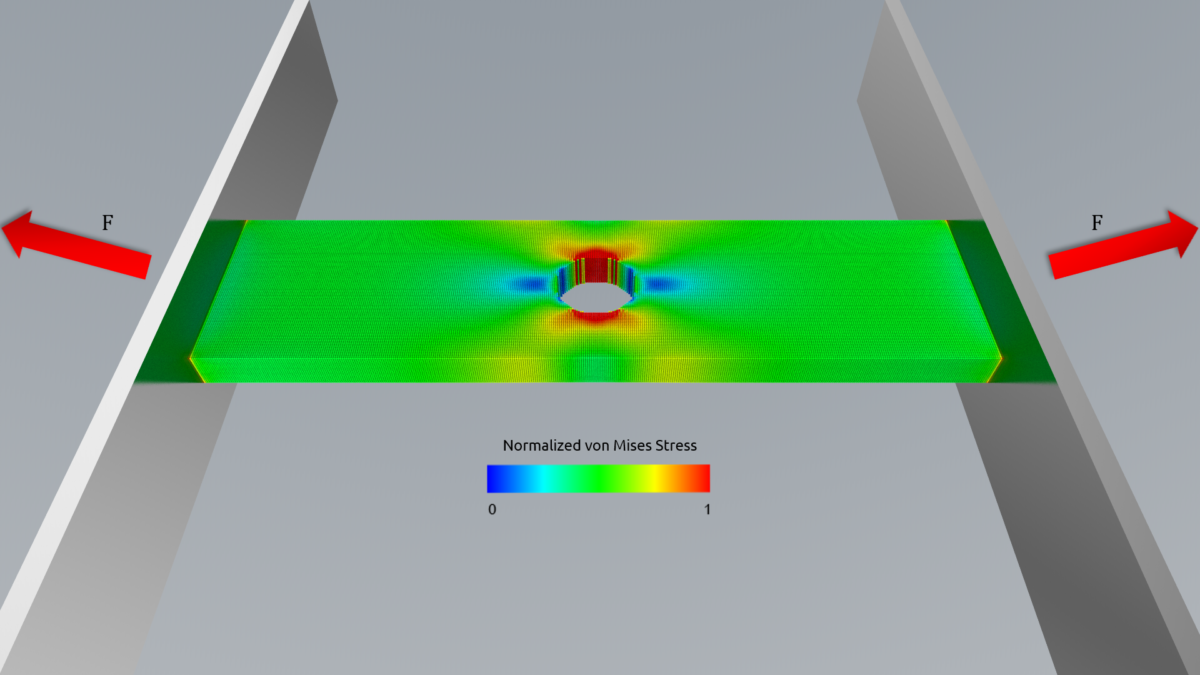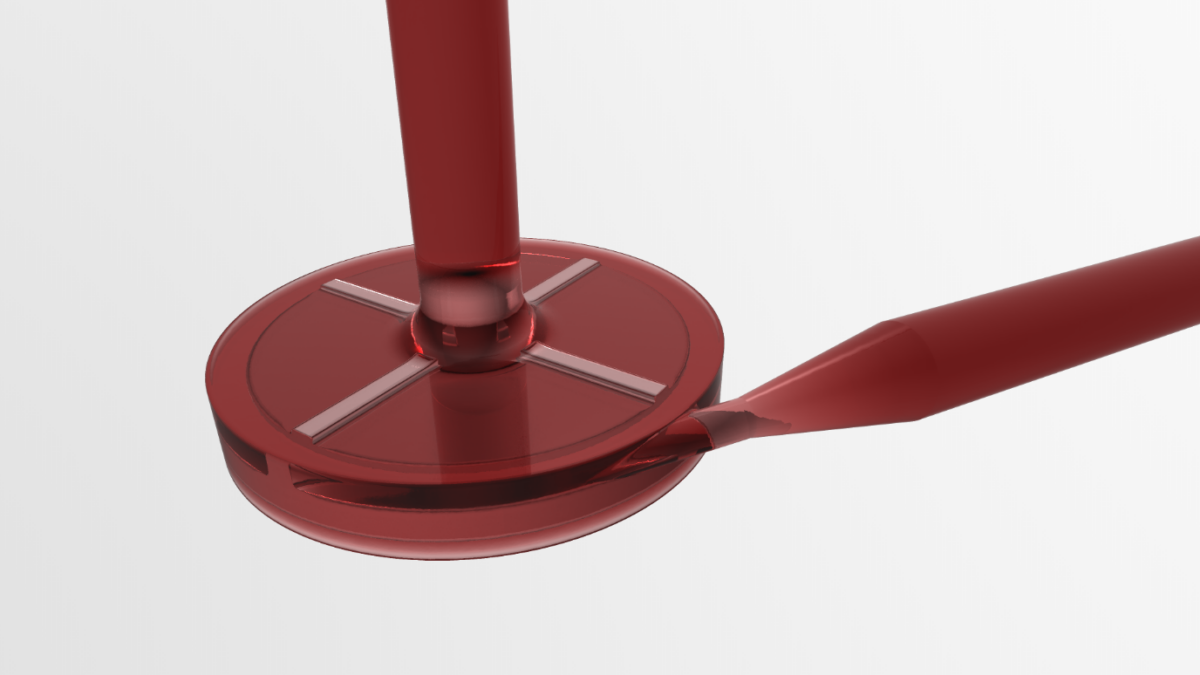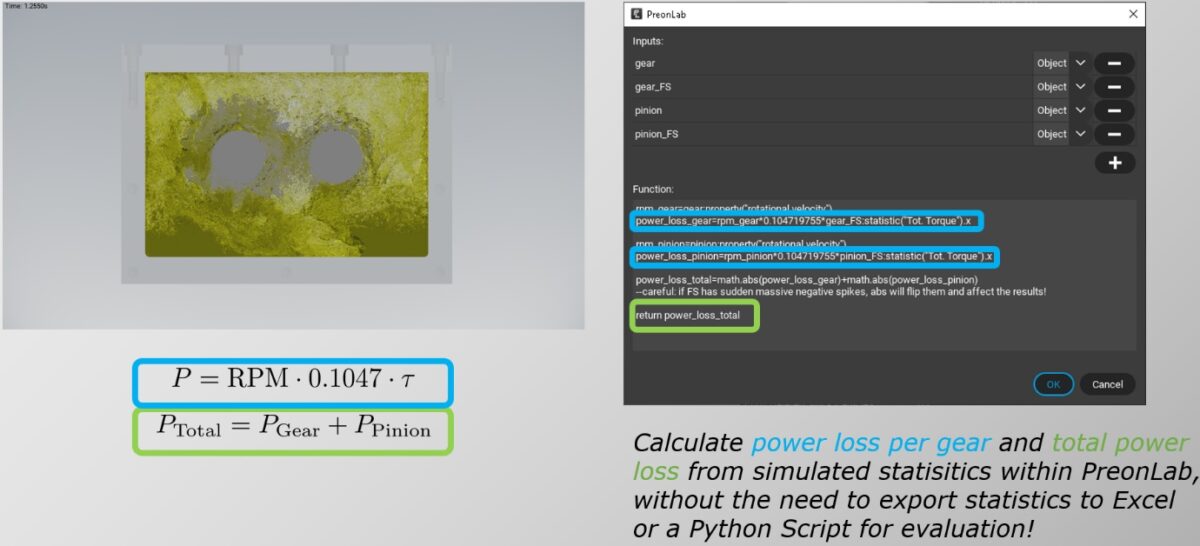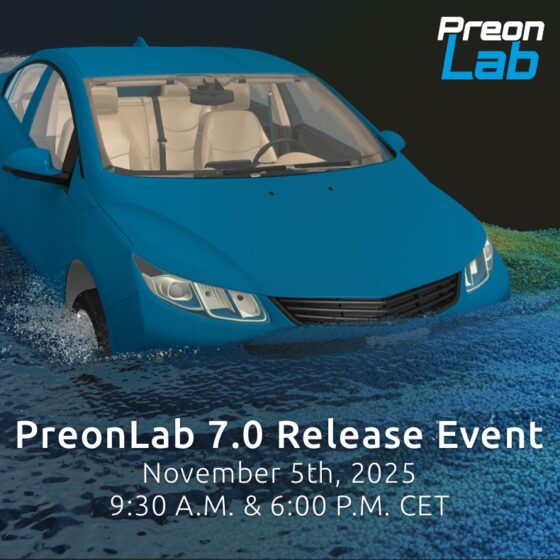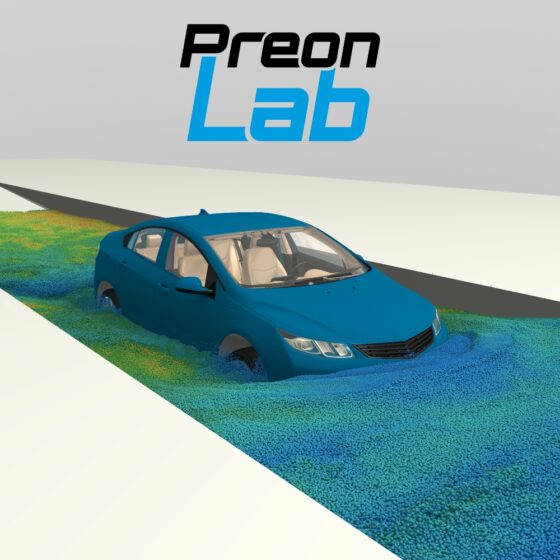Release
PreonLab 6.2 Released
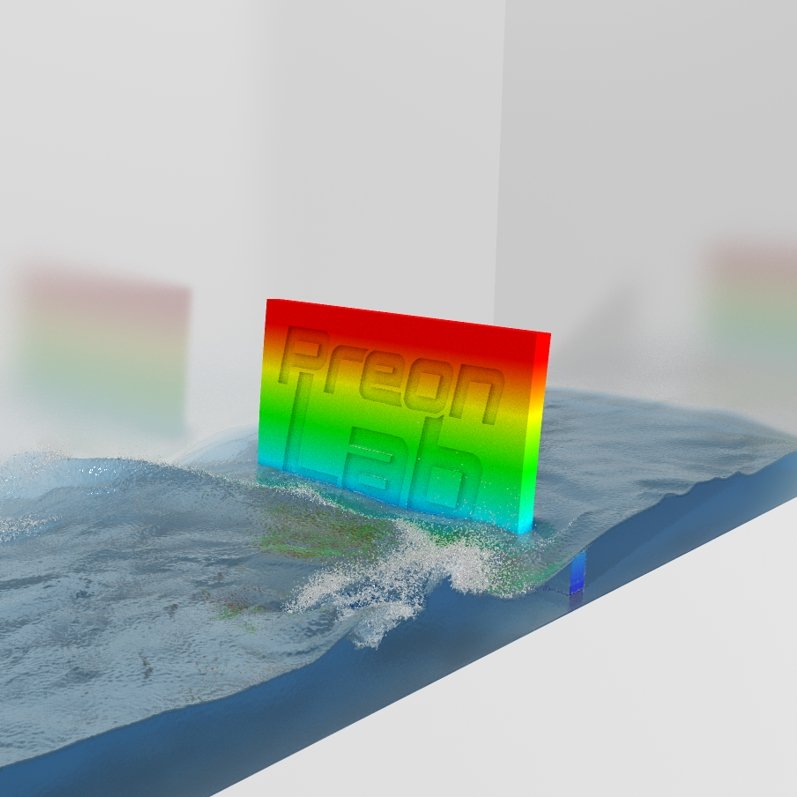
We are excited to announce the release of PreonLab 6.2! It is packed with advanced features and performance improvements to push the boundaries of multi-physics simulations. With each new release we continuously refine PreonLab, adding powerful functionalities and enhancing existing capabilities to make it the ultimate simulation tool. Here’s what this version has in store for you.
What’s New in PreonLab 6.2?
- Full Car Suspension Model: We are taking our existing car suspension model (CSM) to the next level! The new Full Car Suspension Model (FCSM) now computes deflection forces per wheel, considering not just fluid forces but also acceleration, deceleration, and weight shifts. This sophisticated upgrade enables more precise simulations for automotive applications, like fast water wading, enhancing the overall performance and accuracy.
- Improvements for thermodynamics, multiphase and snow model: PreonLab 6.2 builds on several important enhancements across key areas for multiphysics simulations. Thermodynamics, multiphase, and snow features have been refined to improve accuracy and stability. Notable improvements include a new thermal sensor, an updated convective boundary condition, lateral adhesion for snow, improved snow boundary handling, and more stable multiphase interfaces—each contributing to elevating these features to a new level.
- Linear Elastic Solver: For those looking to simulate fluid-structure interactions, we are introducing an experimental linear elastic deformable solver. This first step into the realm of solid deformations caused by fluid interactions, opens new possibilities for applications that require the consideration of deformations under the load of external forces.
- Other notable additions: The latest release includes the introduction of the Carreau-Yasuda model for simulating non-Newtonian fluids and GPU support for the rigid body solver. Enhanced post-processing capabilities are now available with the new Calculation Objects feature, improved options for the pathlines sensor, and the ability to visualize the Q-criterion for more detailed flow analysis.
This is just a selection of new features and improvements. Check out the changelog to learn about all the changes.
Make sure to follow us on LinkedIn so that you don’t miss new videos, case studies and updates!
